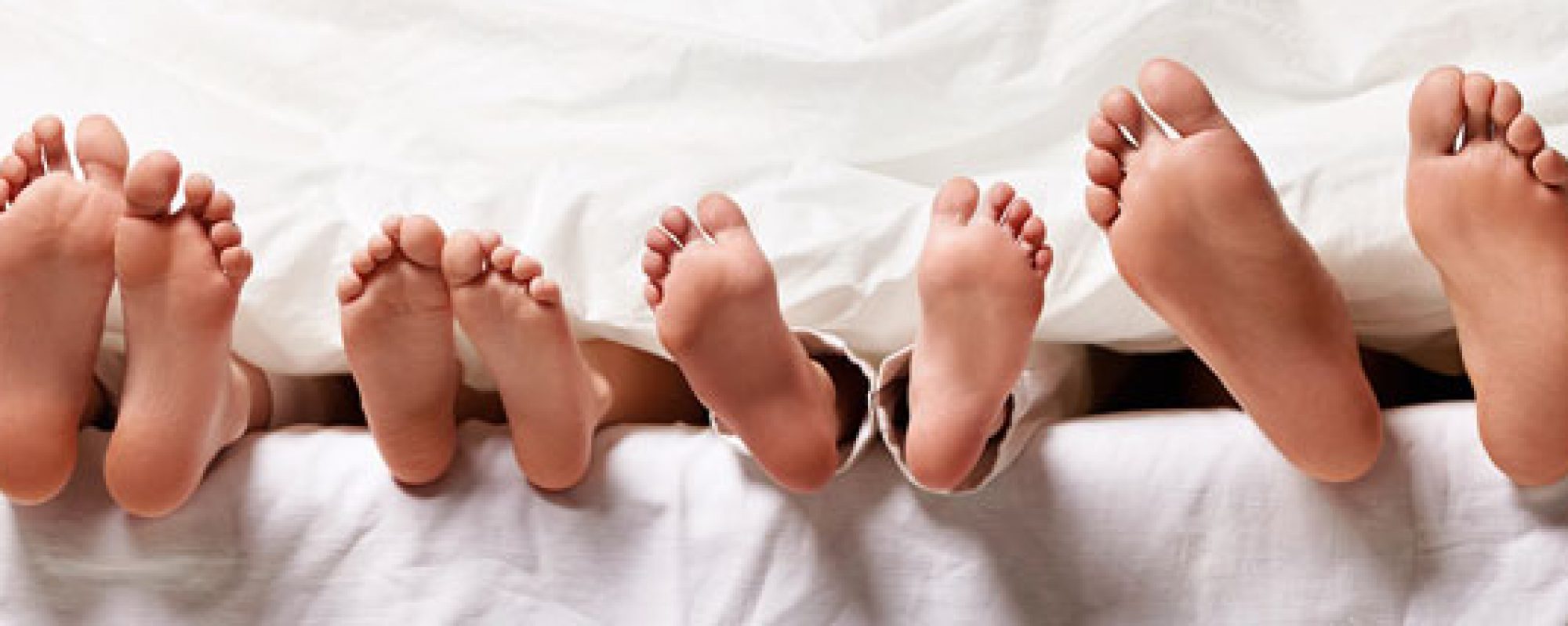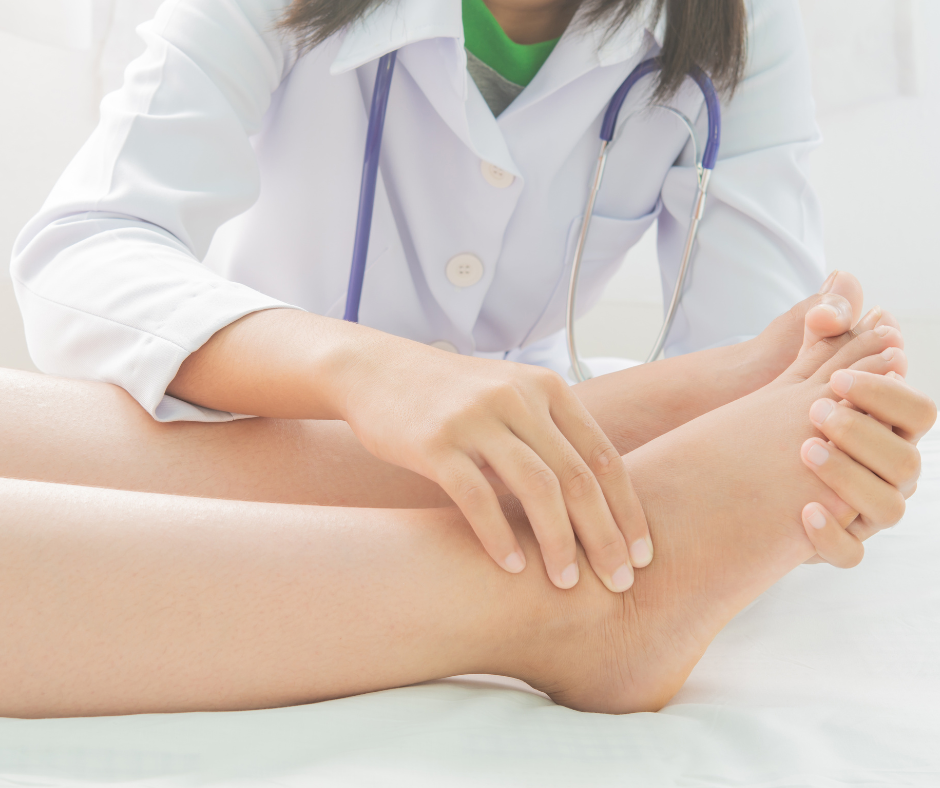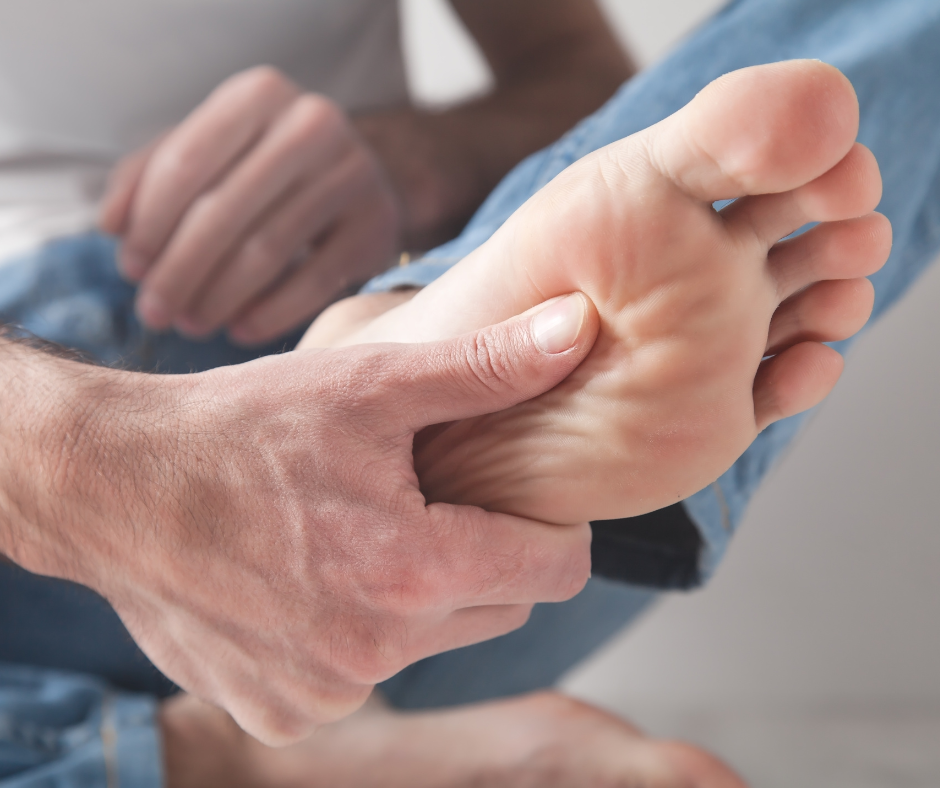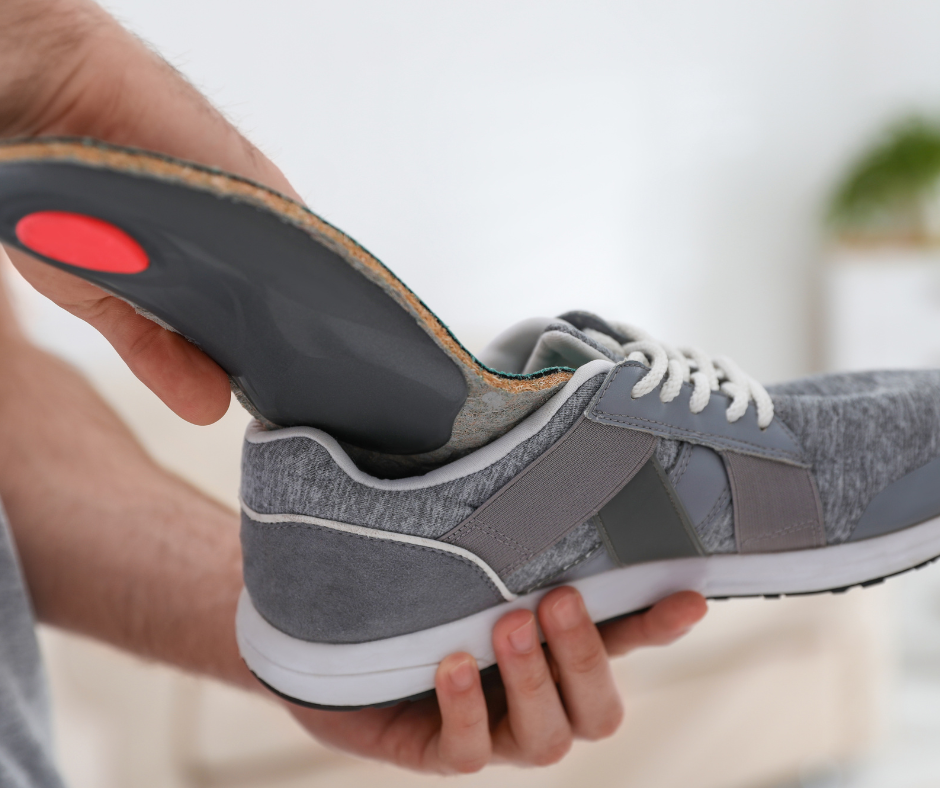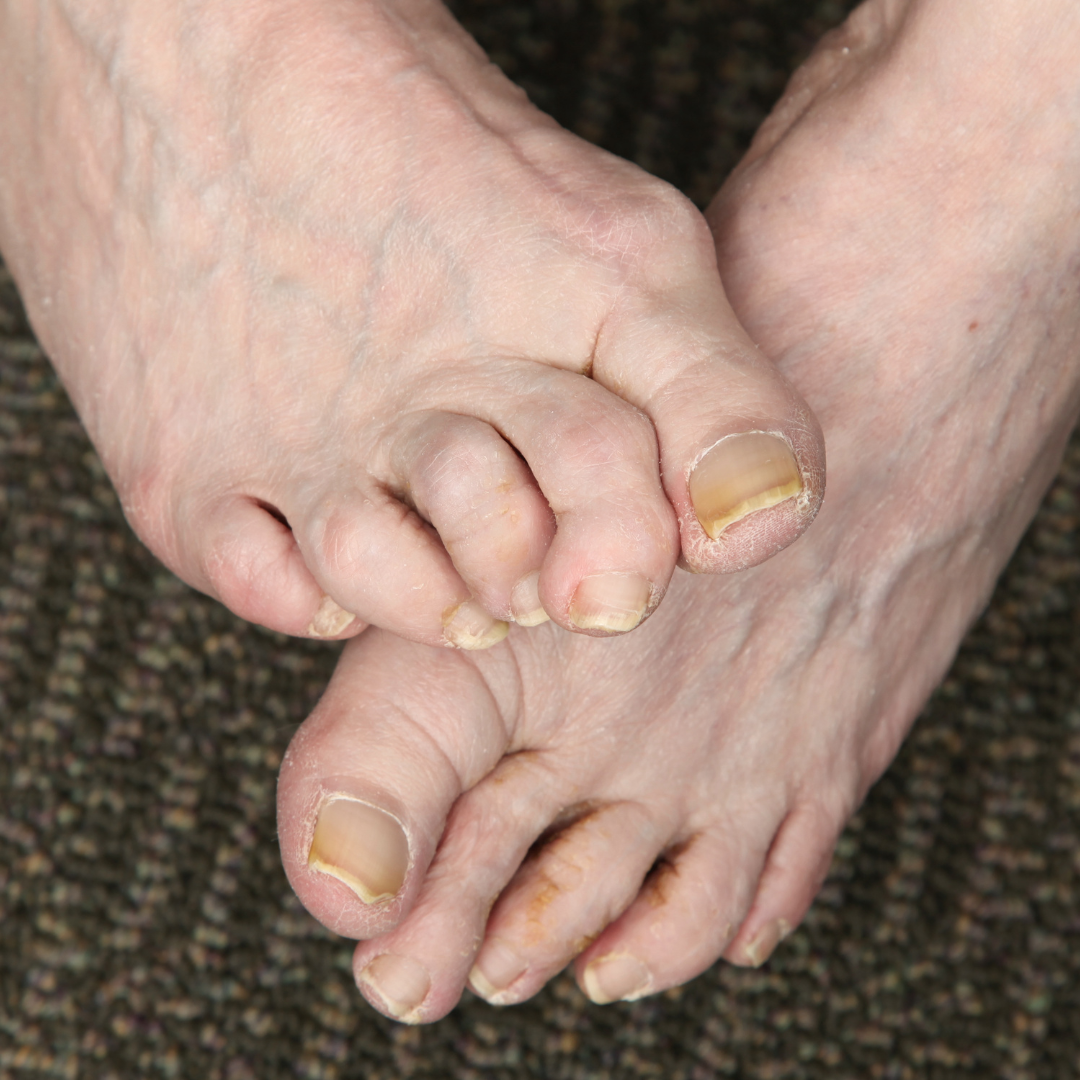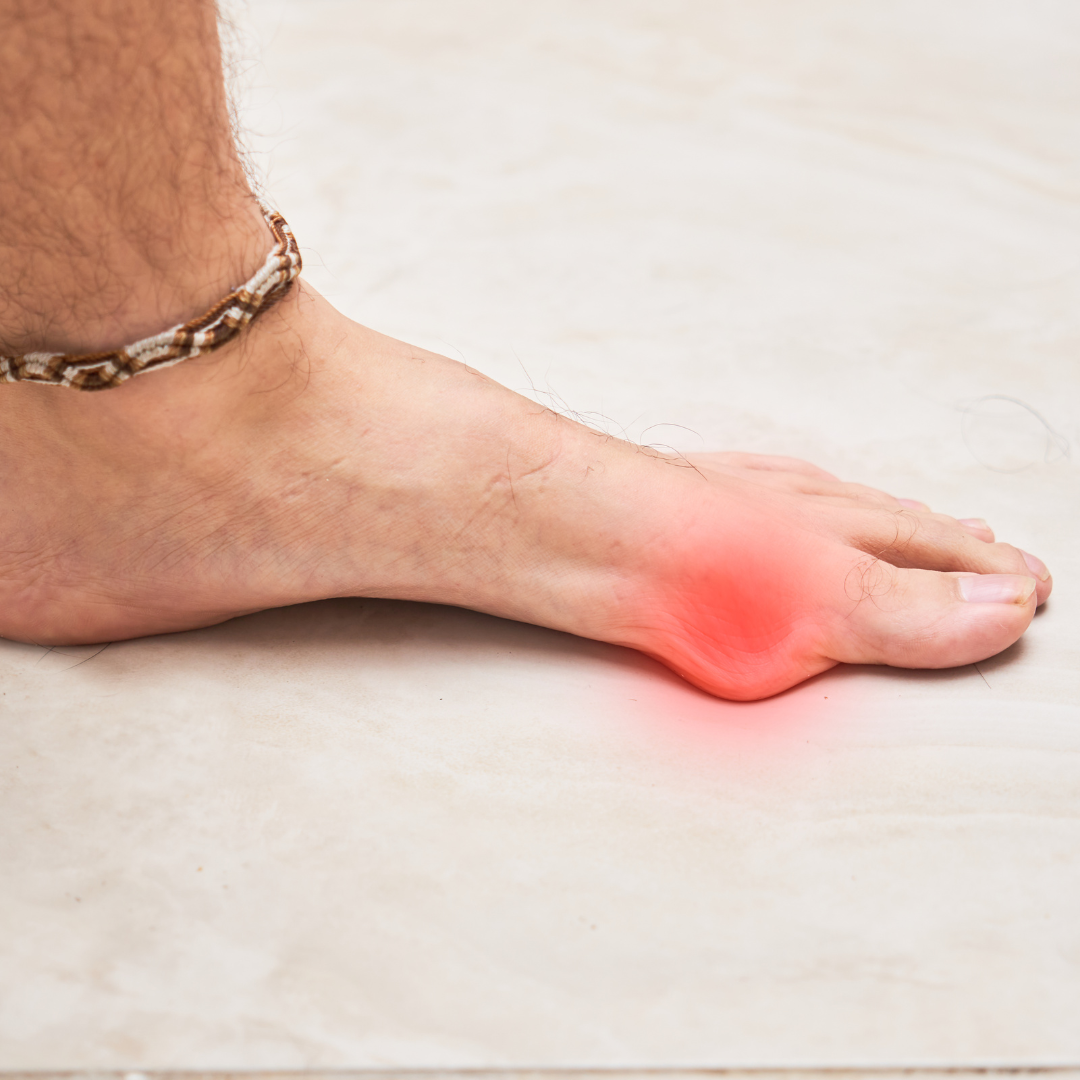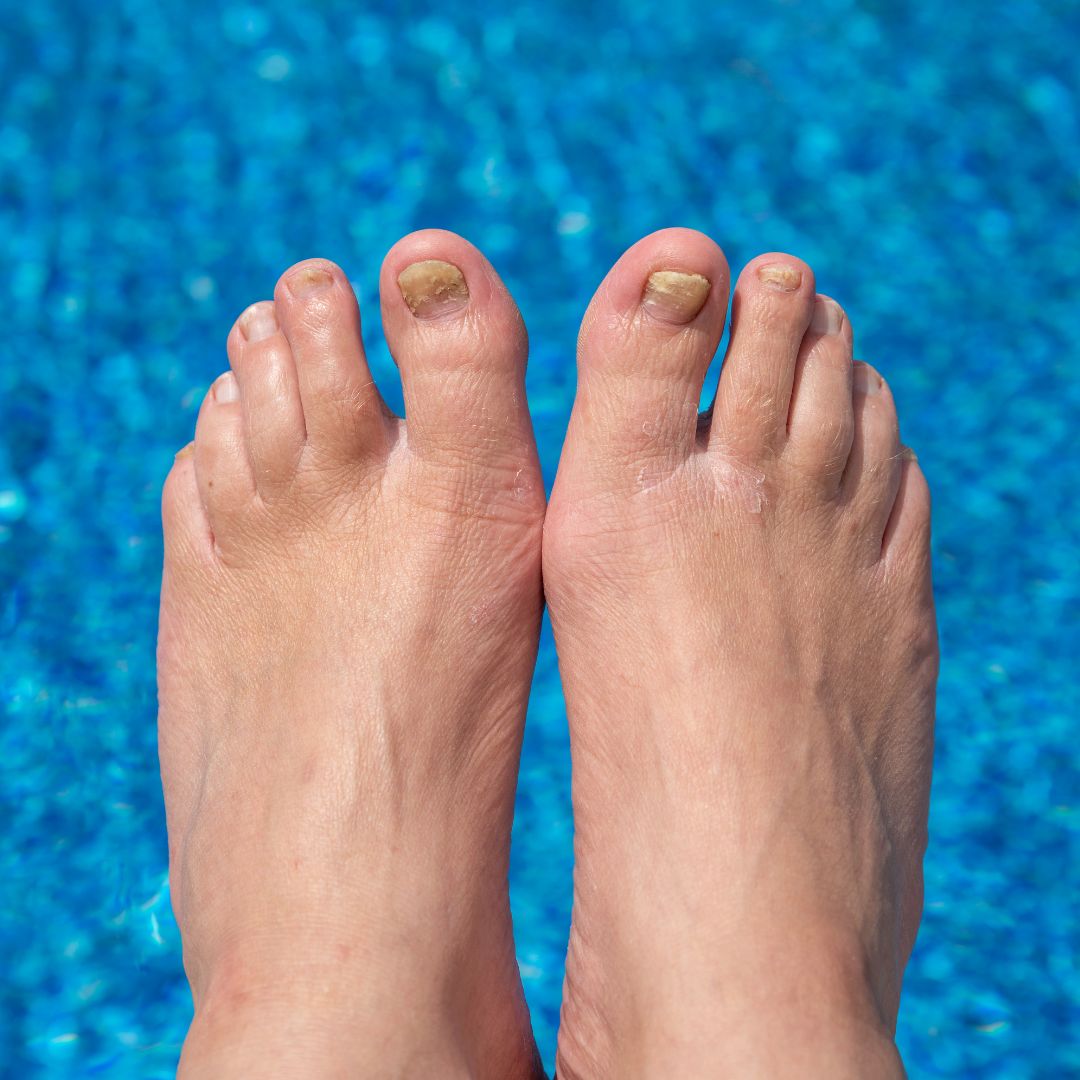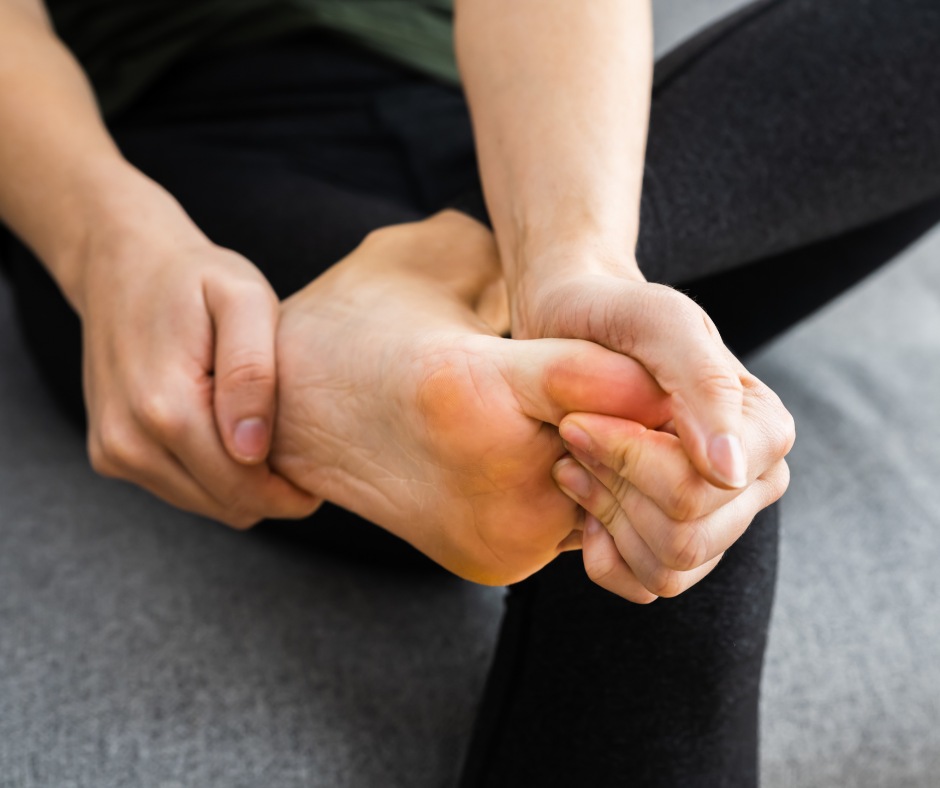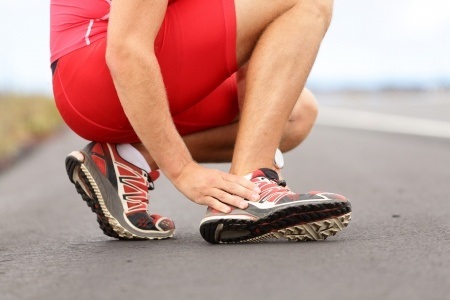Hiking offers a fantastic way to connect with nature and exercise outdoors, particularly as the weather warms. However, uneven terrain, heavy backpacks, and increased mileage can all lead to painful injuries and ailments.
Step by Step Family Foot Care is well known for proven expertise and fact-focused relief. In part, that reputation stems from our enduring commitment to patient education, and this time around, we’re blogging about common hiking woes and how to handle them.
1.) Blisters:
These fluid-filled pockets on the skin typically appear from friction between your feet and socks or shoes. They’re most common during long hikes with new or ill-fitting footwear.
- Conservative Treatment: Once a blister forms, resist the urge to pop it! Apply a sterile bandage to prevent infection, and wear well-fitting, moisture-wicking socks on future hikes.
- Advanced Treatment: A podiatrist can safely drain large or painful blisters and provide a sterile dressing to promote healing. They can also recommend specialized blister pads or inlays to prevent further friction.
2.) Plantar Fasciitis:
This inflammation of the plantar fascia, a ligament stretching from your heel to your toes, presents as heel pain, especially in the mornings or after long periods of standing or walking. Plantar fasciitis often arises from increased stress on the plantar fascia due to uneven terrain or improper footwear.
- Conservative Treatment: Stretching exercises for the plantar fascia and calf muscles might be combined with orthotics featuring arch support to distribute pressure more evenly.
- Advanced Treatment: Your podiatrist might suggest night splints to keep your foot flexed while you sleep or corticosteroid injections to reduce inflammation.
3.) Ankle Sprains:
A misstep on uneven ground or a rolled ankle can cause the ligaments connecting your ankle bones to stretch or tear beyond their normal range of motion. This is often accompanied by pain, swelling, bruising, and difficulty bearing weight.
- Conservative Treatment: Your podiatrist will likely recommend immobilization with a brace or cast alongside physical therapy exercises to regain strength and stability.
- Advanced Treatment: In severe cases involving ligament tears, surgery might be necessary to repair damaged tissue.
At Step By Step Family Foot Care, we are dedicated to providing comprehensive podiatric services. Concerned about your foot health? Contact our office at (973) 917-3785 or visit our website to schedule an appointment with Dr. Debra Manheim.
